One easy way to start working with medicinal herbs is to create tinctures. A tincture is simply a liquid extract of a medicinal plant. They’re a great way to preserve herbal medicine in season. They also help concentrate the active ingredients in a plant, allowing you to use an herbal remedy conveniently. You can take a drop of tincture rather than a cup of tea, or for those who struggle with it, having to swallow capsules. Today, we’ll cover how to create your own tinctures using the folk method.
***None of the information in this post is intended to diagnose or treat any condition. Consult your physician for medical advice.***
***When using wild plants, always be 100% sure of their identification before employing it in any herbal or edible preparation.***
History of Tinctures
There is an incredibly long history of tinctures in medicine. The Al-Qanoon fi al Tibb (The Canon of Medicine), an encyclopedia of medicine in five books compiled by Persian physician-philosopher Avicenna and finished in 1025, includes instructions for making tinctures!
It’s likely that the use of tinctures dates back much further and probably started shortly after the invention of distillation. What’s now China, Egypt, Turkey, and Israel may have been distilling alcohol and creating tinctures as far back as 2000 BC.
Early distillation looked far different from what we know today. Writings from 4th century Greece credit the first modern distillation with an alembic to the western alchemist Maria the Jewess between AD 200 – 300.
Alcohol distillation didn’t occur in Europe until the 12th century, with alchemists primarily interested in creating elixirs. Slowly, the process became more widely used, as did tinctures and recreational alcohol. By the 1800s, tinctures were common in European medicine.
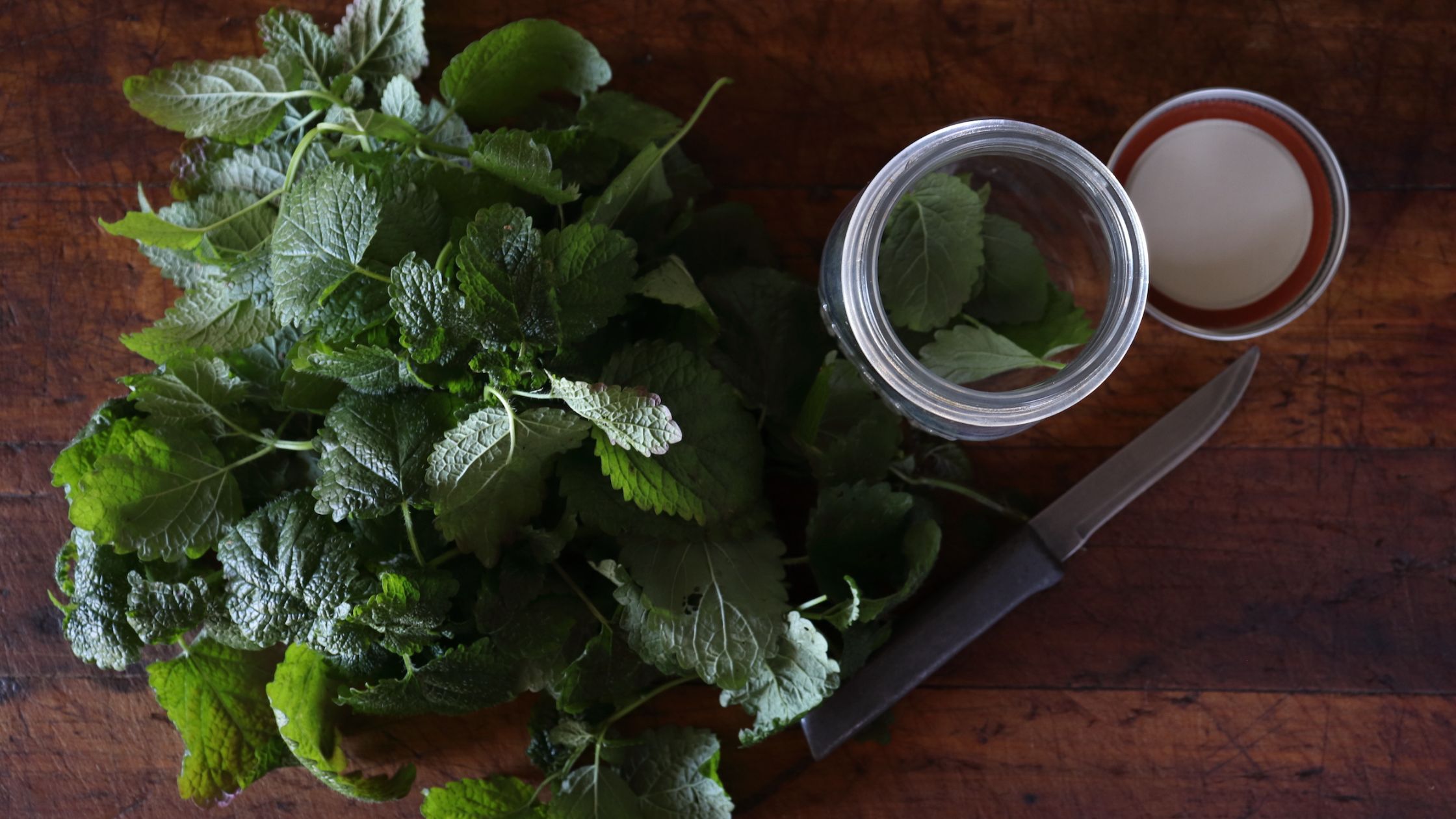 What’s the folk method?
What’s the folk method?
The folk method is likely how the first tinctures were made and is still in use today. It’s an easy and effective way to create tinctures without a scale or measuring cup. To use the folk method, pack herbs into a glass jar or container and cover them with alcohol. It’s as simple as that!
Alternatively, as you become a more experienced herbalist, you may want to learn to create weight-to-volume tinctures. These types of tinctures combine macerated herbs by weight to alcohol by volume. Often, fresh herbs are tinctured at a ratio of 1:2 with alcohol, and dry herbs are tinctured at a ratio of 1:5. The ratio may also vary with the type of herb.
We’ll stick with the folk method for this blog, but The Herbal Academy has an excellent weight-to-volume tincture guide you can read here.
What do I need to make a folk tincture?
You can make a tincture from nearly any herb you have on hand. You can use fresh herbs you’ve grown or gathered or dried herbs from a trustworthy source like local farms or Mountain Rose Herbs. In the past, we’ve featured posts on holy basil and goldenrod tinctures.
You may also want to create a tinctures and select herbs with a specific goals in mind. Below are a few herbs that herbalists will commonly tincture:
- Echinacea
- Coltsfoot
- Holy Basil
- Valerian
- Feverfew
- Chicory Root
- Chamomile
- Raspberry Leaves
- Lemon Balm
- Goldenrod
- Mint
- Skullcap
- Lovage
***Always thoroughly research an herb before using it and consult your physician. Some herbs are known to cause adverse reactions when combined with prescription medications. Herbs may also cause allergic reactions or other illnesses when used in inappropriate concentrations.***
Alcohol
You’ll also need 80-proof alcohol. Many people choose to use vodka as it doesn’t impart much flavor, but you can choose to use others like brandy or gin. Byron Ballard, Appalachian urban farmer, witch, and author of Roots, Branches, & Spirits: The Folkways and Witchery of Appalachia, says she prefers rum as it adds a bit of nicer flavor.
Other Supplies
Depending on the herb you’re working with, you may need a clean knife, scissors, or grater to prepare your herb. You also need a clean jar with a lid that seals well. An ill-fitting lid may let the alcohol slowly evaporate.
Later, you’ll need a strainer or cloth to filter your aged tincture. You also need a clean container to store the filtered tincture in. Depending on the container you choose, a funnel may also be helpful.
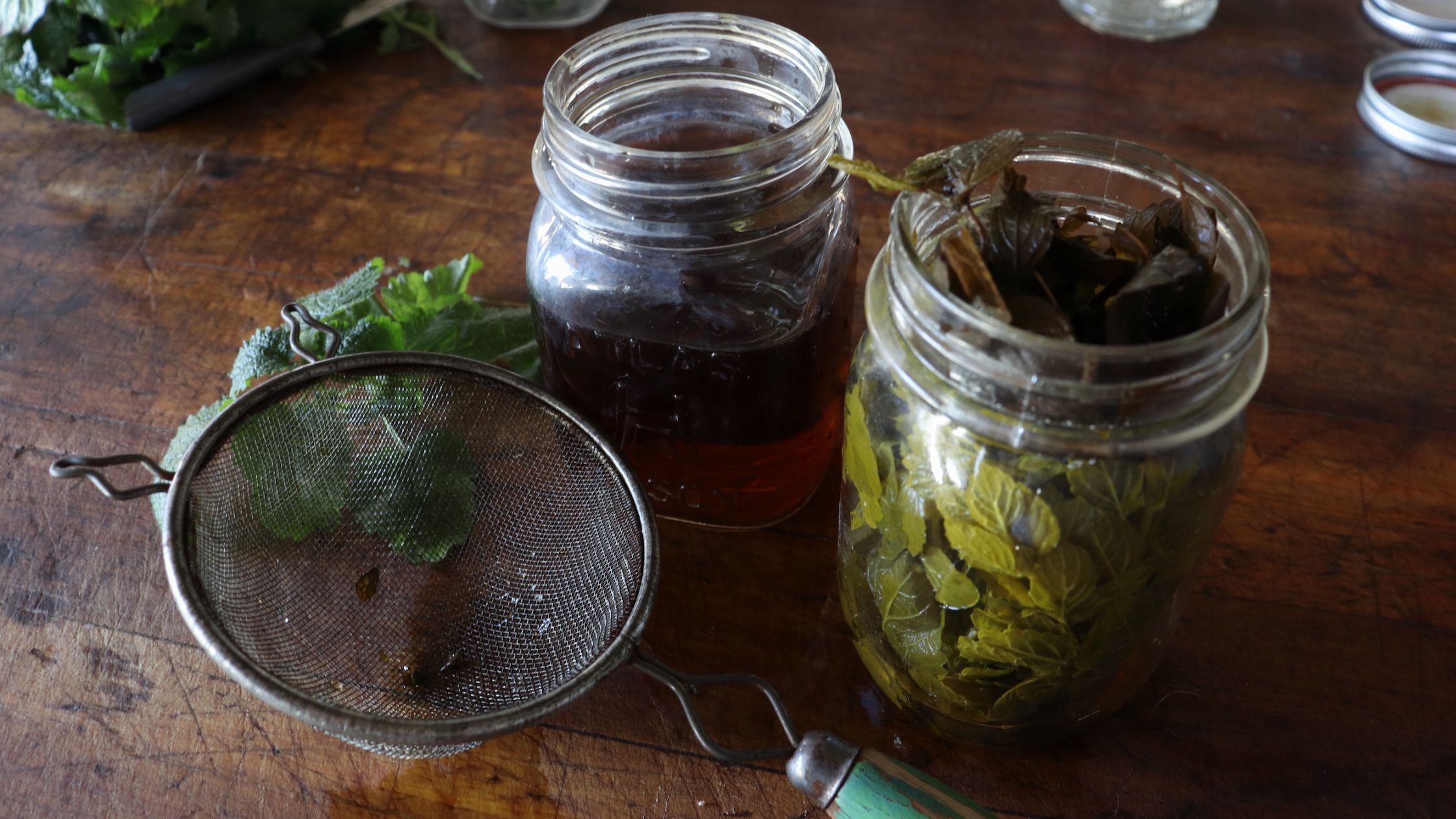 Making a Tincture with the Folk Method
Making a Tincture with the Folk Method
- Prepare your herbs. Roots should be scrubbed and chopped or grated, and it’s best to remove large stems from herbs. You may also want to chop up leaves and flowers to help speed up the process.
- Place the herbs into a container. You may want to pack light, fluffy herbs down gently.
- Cover your herbs with alcohol. Press the herbs down a bit so that the alcohol covers them completely.
- Place a tight lid on the container and store it somewhere dark for a minimum of two to six weeks.
- Check on and shake your container every few days, especially in the beginning. Press the herbs down or add alcohol as needed to keep them covered.
- Strain the plant material out of your finished tincture. A wire strainer may do for larger pieces, but you may need a finer filter, like a clean bandana, for fine herbs.
Can I make a tinctures without alcohol?
While a tincture is technically defined as an ingredient dissolved in alcohol, other ways exist. Increasingly, herbalists are using the word tincture to refer to herbs in vinegar or glycerin for those who need or want an alcohol-free option. Learn how to make herbal glycerites from The Herbal Academy.
Storing Tinctures
After you strain your tincture, you want to store it somewhere cool and dark. If available, brown glass bottles are ideal for tinctures as they block some of the light. Small bottles with droppers can be handy, especially if you want to take your tincture regularly.
Generally, I use and then replace tinctures within two years. However, tinctures may keep for up to 3 to 5 years.
Using Your Tincture
How you use your tincture largely depends on what it is. Herbalists generally may make recommendations by the drop or dropper full, referring to those small bottles with droppers.
Tincture recommendations vary widely by herb and purpose, from taking a dropper full when you’re feeling anxious to taking 30 drops up to three times a day when you’re experiencing cold and flu symptoms. Again, appropriate research and consulting a physician can help you determine what’s best.
Folk tinctures are a great way to get started with herbalism and connect with new plants. Whether you’ve grown and gathered herbs this season or are ordering them online, this guide will help you create your own tinctures using the folk method.

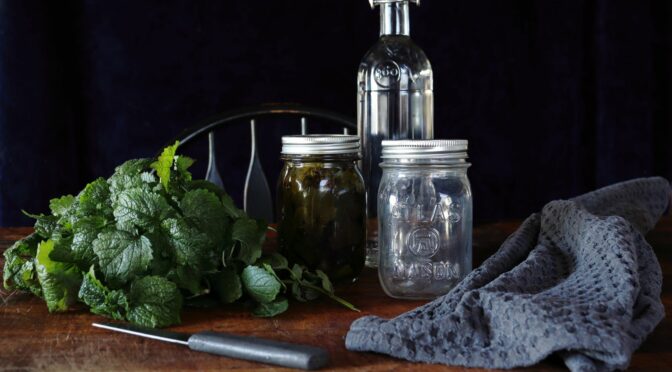
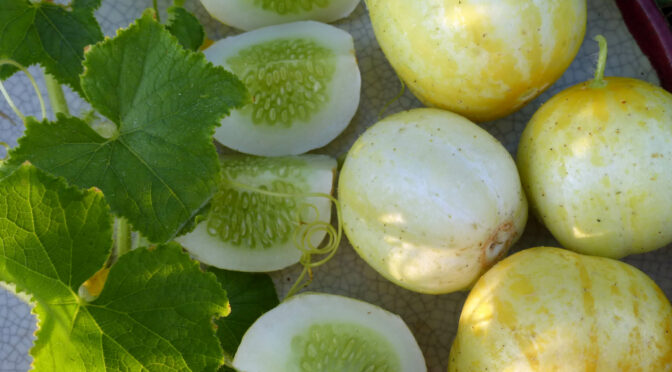
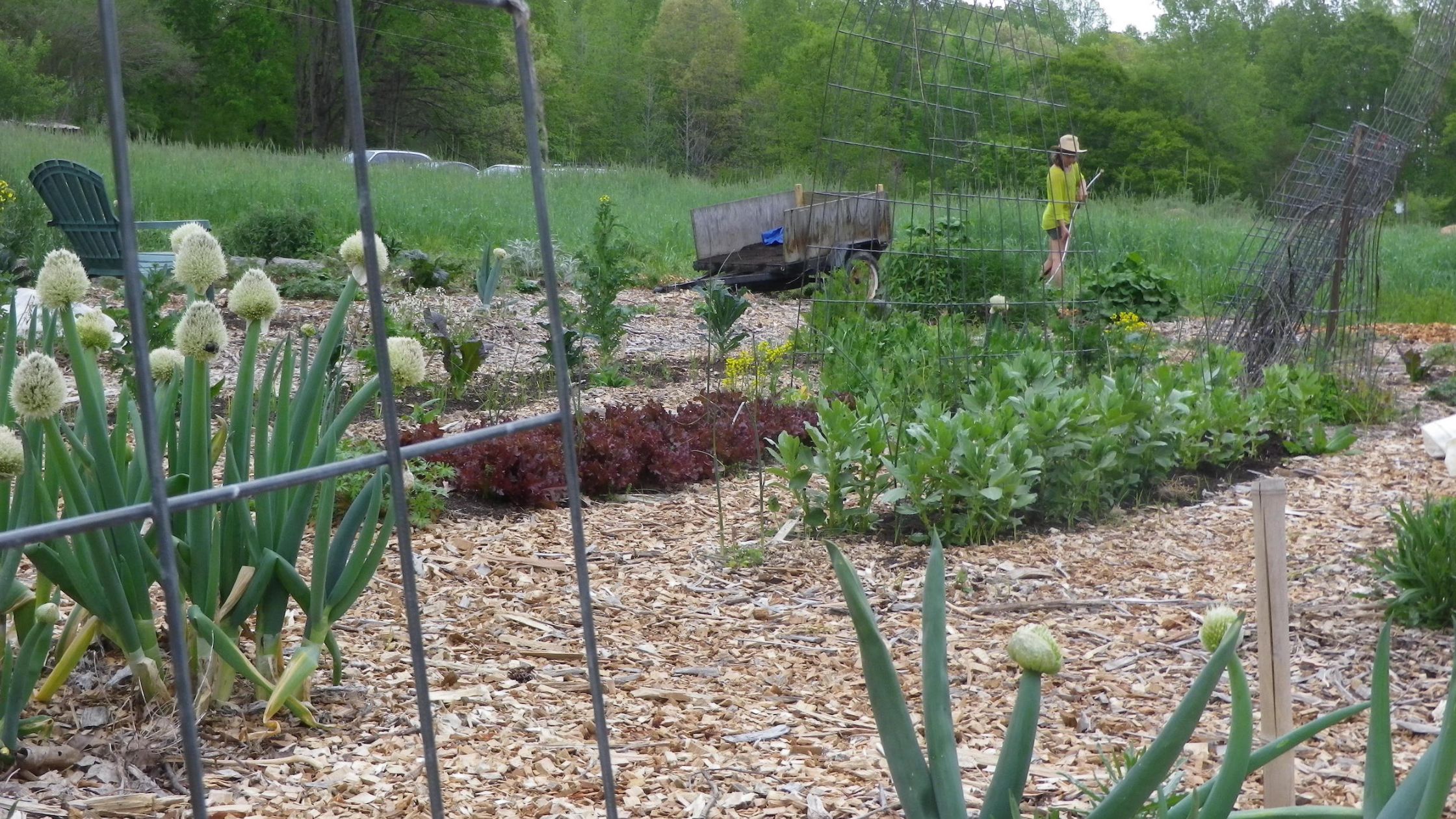 Planning Your Garden
Planning Your Garden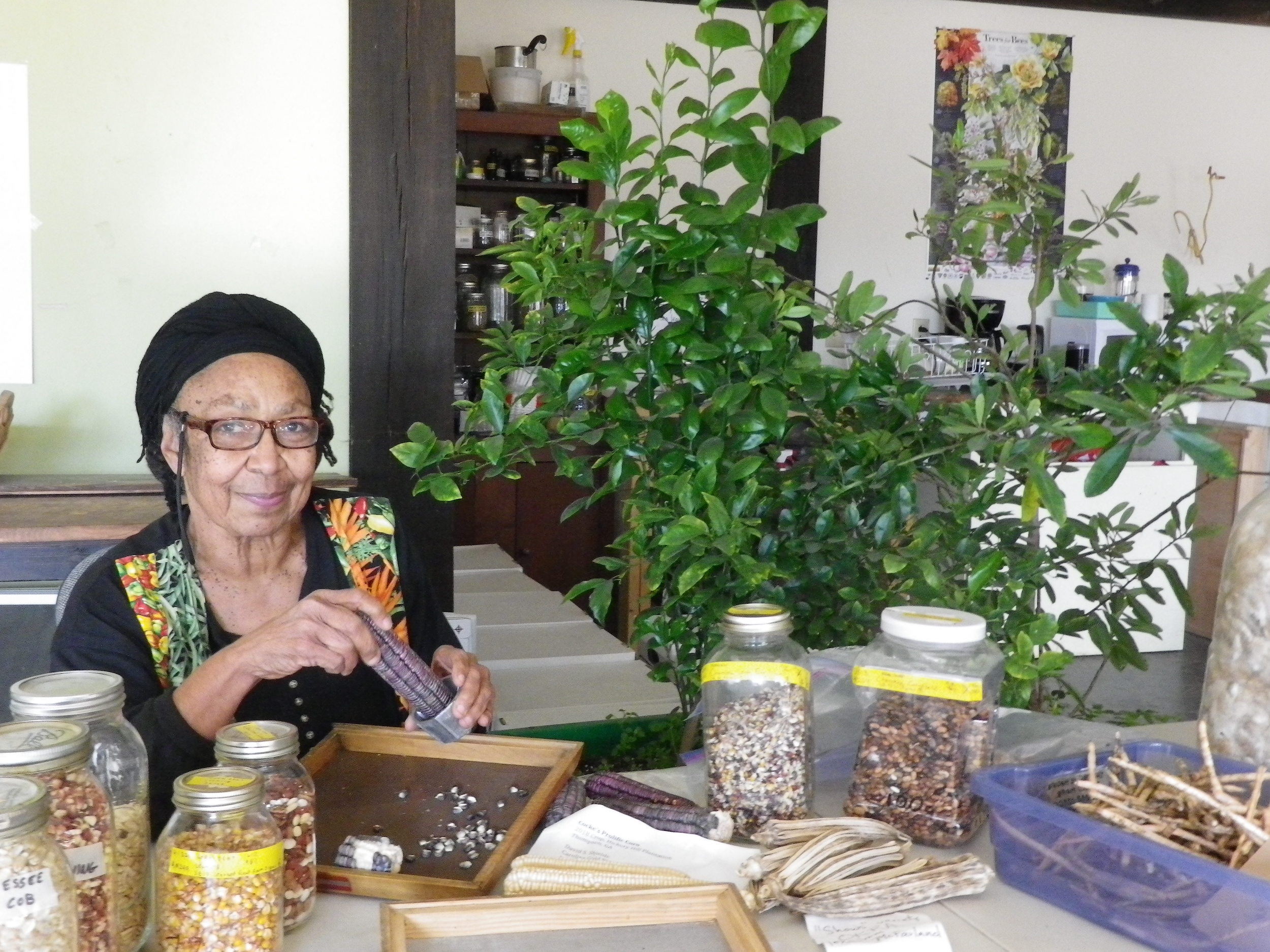 Storing Seed
Storing Seed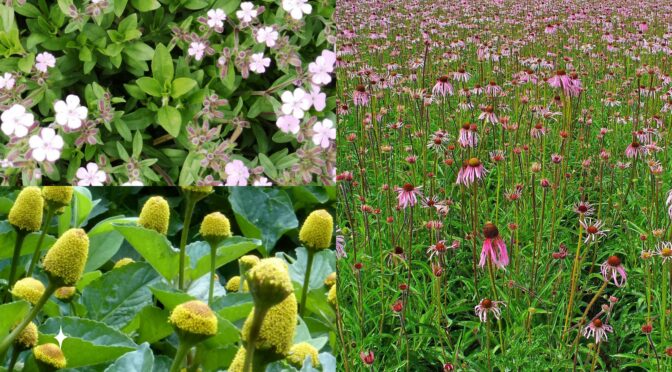
 Astragalus (Astragalus membranaceus)
Astragalus (Astragalus membranaceus)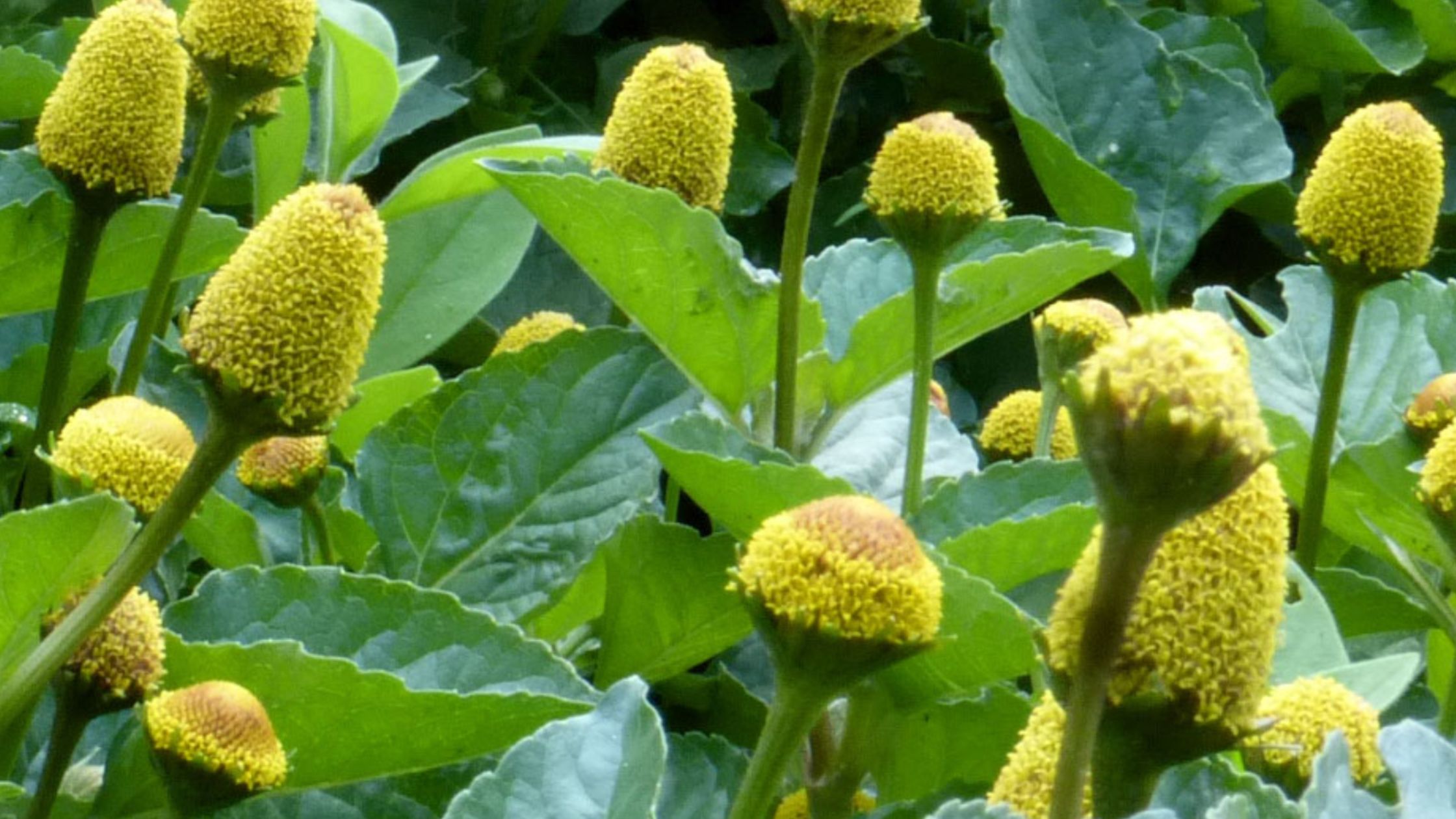 Spilanthes (Acmella oleracea)
Spilanthes (Acmella oleracea)
 Soapwort (Saponaria officinalis)
Soapwort (Saponaria officinalis)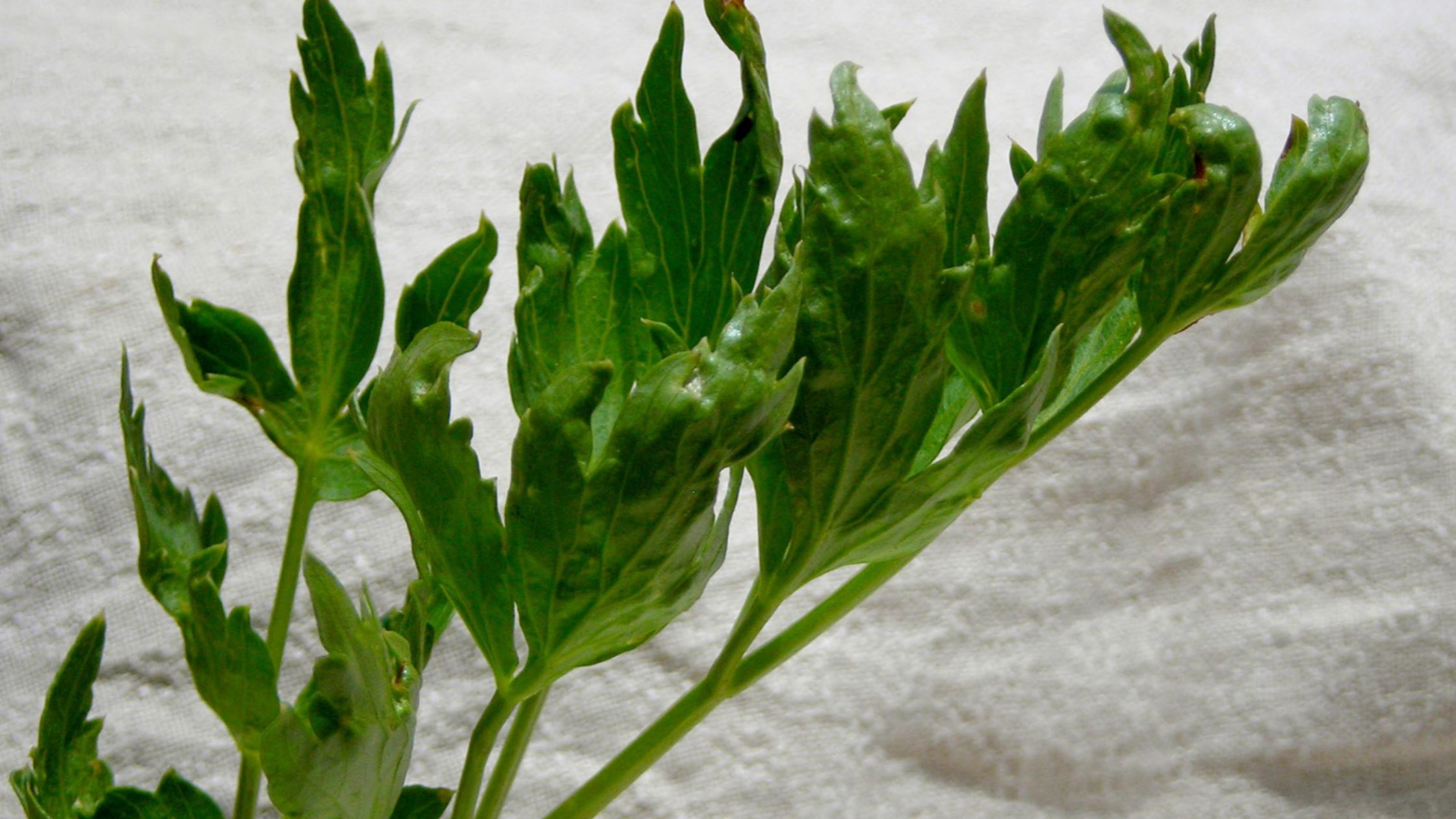 Lovage (Levisticum officinale)
Lovage (Levisticum officinale)